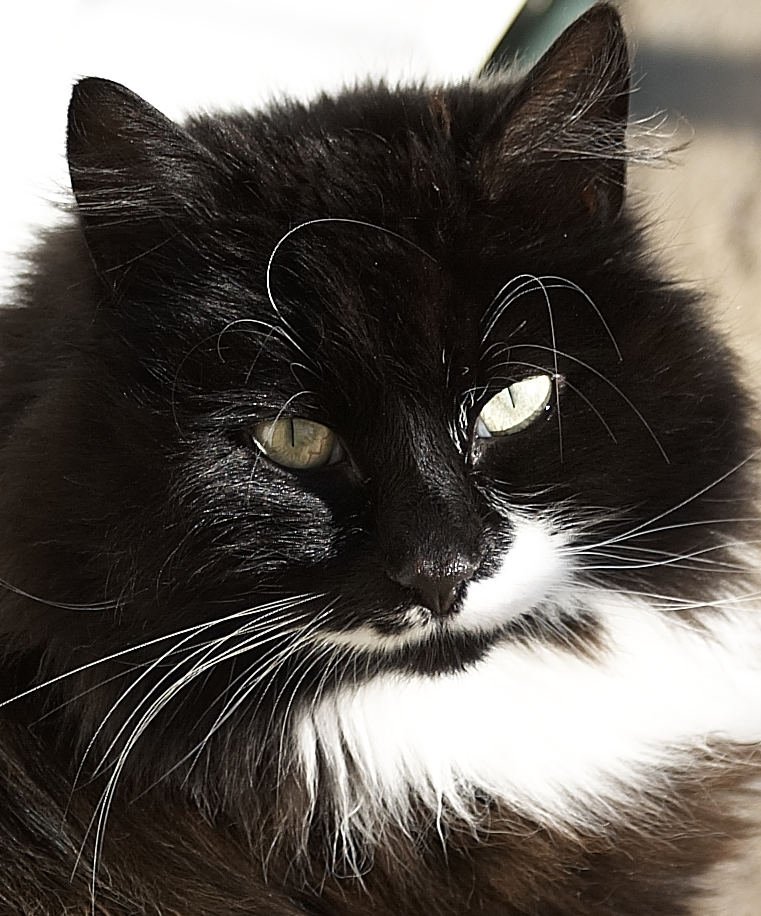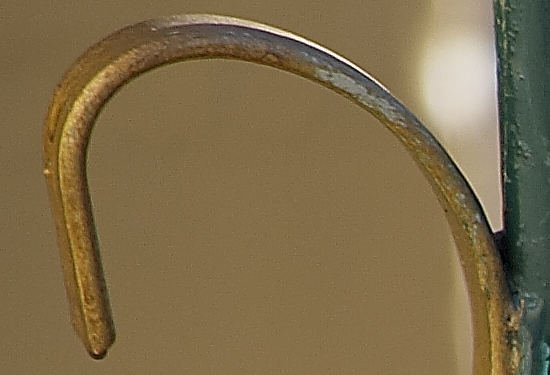Canon 70-300mm f4-5.6 IS Review
There is much speculation about how this lens performs compared with the Canon 70-200mm f4 L, and of course everybody still really really wants a Canon 70-200mm f4 L IS, but Canon knows that if such a fantastically useful and high quality lens existed, far fewer of its other (more expensive) lenses would be sold… but I think a comparison is fairly pointless. I say this because this little lens is so good, that any difference in optical quality won’t be a deal breaker. The two lenses are almost the same price, very similar in size, and have broadly similar performance. The L lens is no doubt a hair sharper, but the deciding factors for any potential buyer will be:
• Do I need IS?
• Do I need the extra reach of the 70-300mm?
• Do I need the extra stop of the 70-200mm? Or the extra two stops of the f2.8?
Of course my reasoning on this is only sound if the 70-300mm IS delivers the goods optically – and here’s the proof. Molly, to the patio!
Test frames shot with a 1Ds II and Canon 70-300mm f4-5.6 IS at ISO 100, RAW processed through C1 and saved for web with BoxTop Pro JPEG. Sharpening applied in RAW processing because I feared the lens wouldn’t be very sharp without it. I was wrong, so apologies for the slight oversharpening evident in some frames. 100% crops shown.
Canon 70-300mm f4-5.6 at 70mm / f4 (handheld)
Here’s a centre frame sample (100% crop) shot on the 1Ds II.

Canon 70-300mm f4-5.6 at 300mm / f14 (handheld)

Sorry about this, but I couldn’t resist doing something silly with the IS: this was captured handheld at the frankly silly aperture of f14 with an exposure time of 1/40 second racked out to 300mm at a distance of about 6 feet. How many lenses could you do that with? This is quite literally the cat’s whiskers.
Canon 70-300mm f4-5.6 IS at 300mm / f5.6 (Tripod mounted / IS off)
These are all centre frame crops at 100%…




Now there’s no question that a 300mm f4 IS would be sharper at f5.6, but that’s hardly the point. This is a very credible level of resolution, and the bokeh is world class: those circular aperture blades are really working. The real beauty of this lens, though is that at this focal length and aperture you would probably expect mushy CA-ridden corners. But look at this 100% crop:

Conclusion:
In the hand, and in use, this lens very much reminds me of the old Canon 100-300mm f5.6 L: similar bulk, similar shape – but it’s a version with every update imaginable: it has the very latest third generation IS (here I confess that this lens is my first so equipped, so please ignore a little honeymoon blush!) which works superbly, giving excellent results at 300mm and 1/30 second; my hunch is that it is even sharper than the peerless old L. Unlike the 100-300mm f5.6, the AF works a treat, and it is much more reassuringly built.
Rather than considering it as an update to the frankly abysmal 75-300mm IS, it might be more appropriate to think of it as a properly made 100-300mm L – but wider, faster, cheaper, IS-kitted and even optically superior – to all intents and purposes it has no CA. And it’s sharper. Heck, it even focuses down to 4.9m like the new 300mm f4 IS….
This lens has ‘Instant Classic’ written all over it.It may not be perfect, but it really is very, very close.
* Not quite peerless: the Sigma 100-300mm f4 is sharper from 100-200 at most apertures, but the Canon is a little better from 200-300mm.
